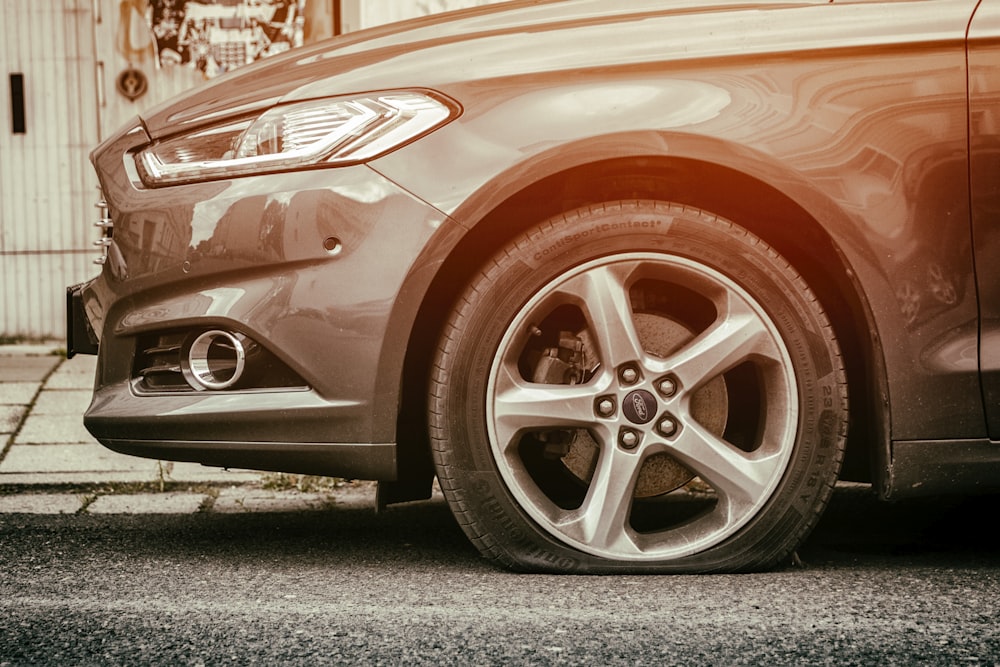How to Get Ready For a Flat Time during the COVID Pandemic
Even during normal dies a flat tire is such an annoyance because it may require that you spend money for probably a towing service or buying one or two tires. So, if flat tire happens during this time when social distancing is being practiced, it may make the circumstance even more an unpredictable premise.
In a predicament such as this, it is hard to ask someone to help you whether a friend or anybody you can ask help from. AAA had 4 million flat-tire cases yearly and they still continue to do roadside assistance. They observe protocols such as sanitization directions to safeguard both the AAA staff and its members.
The smart thing to do is prepare before it actually happens such as learning to change a tire. It will make you ready for the eventuality. As reported by the National High Traffic Safety Administration, 19% of motorists does not examine their tires. One in every four cars notably is underinflated. The thing is heat can intensify in the tire in your compartment, jeopardizes error, with an underinflated tires can damage the fuel frugality.
There are varied reasons why you have a flat tire. There are things that you cannot control but a simple check can prevent inconvenience because you can detect earlier. And if there is a problem, it can be taken cared of at home before you drive your vehicle on the road. Let us review how to take a look at your tires, what to do, and things you must know to fix your tire.
EXAMINING YOUR TIRES
Find out if there is an irregular wearing down and impairment that needs to be changed. Look at the tread and the sidewalls as well. A simple screw, nail tear may not be seen by the naked eyes but it could cause a leak and that could be a critical problem in the future. Here are some of the things you can find out:
- Find out the inflation when the tires are not warm.
- To assess tread depth use a quarter. If the head of George Washington can be seen when it is in a tread groove, it is telling you to change your tires.
- Have your tires rotated so it will not irregularly wear.
WHAT TO DO IF YOU HAVE A FLAT TIRE?
- Hold the steering wheel calmly and start to pull. Turn on your signal as a warning and drive at the side of the road.
- Chose a road that has a flat surface usually found in a parking lot.
- If you are in a bridge or you are in a tight road, open your hazard lights. Chose a shorter distance to park your vehicle.
- Put your reflective traffic triangles at the back of your car at 100 ft.
- Inspect your tire and if you need to change, get your extra tire in your compartment.
- Change your tires.
If you are not yet confident with your skill in changing your tires. If not, find the nearest car shop who can help you. When you have this kind of emergency, call Chaney’s Collision Center it can do more than just changing your tires. Chaney’s Collision Center will do body repairs, check ups, automotive repainting, and recalibration. Contact Chaney’s Collision Center at (623) 915-2886.

